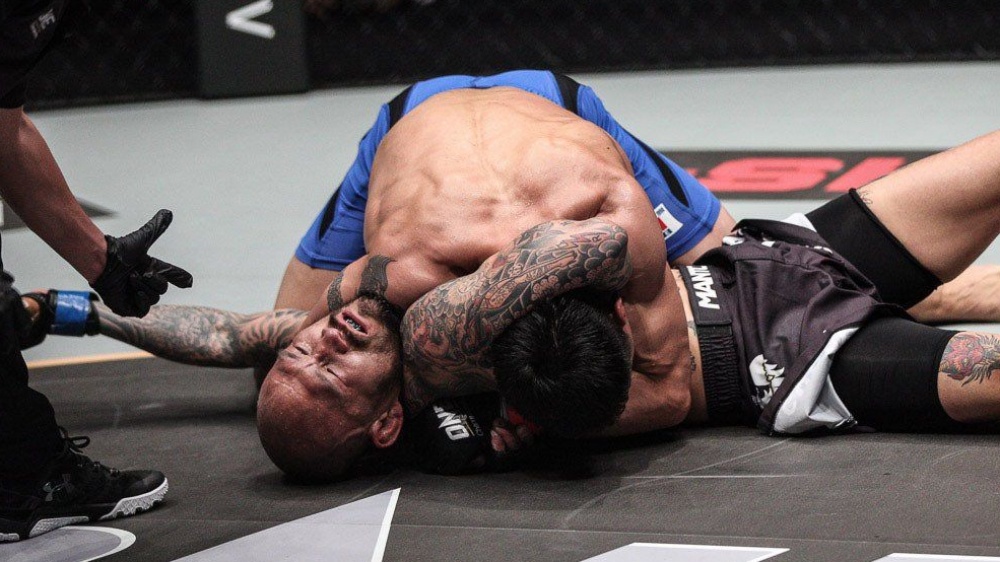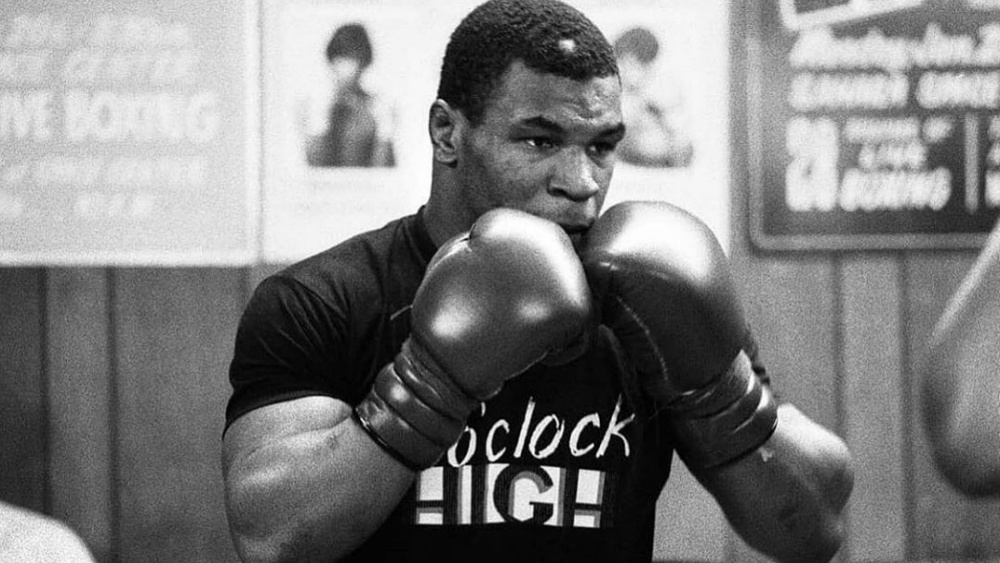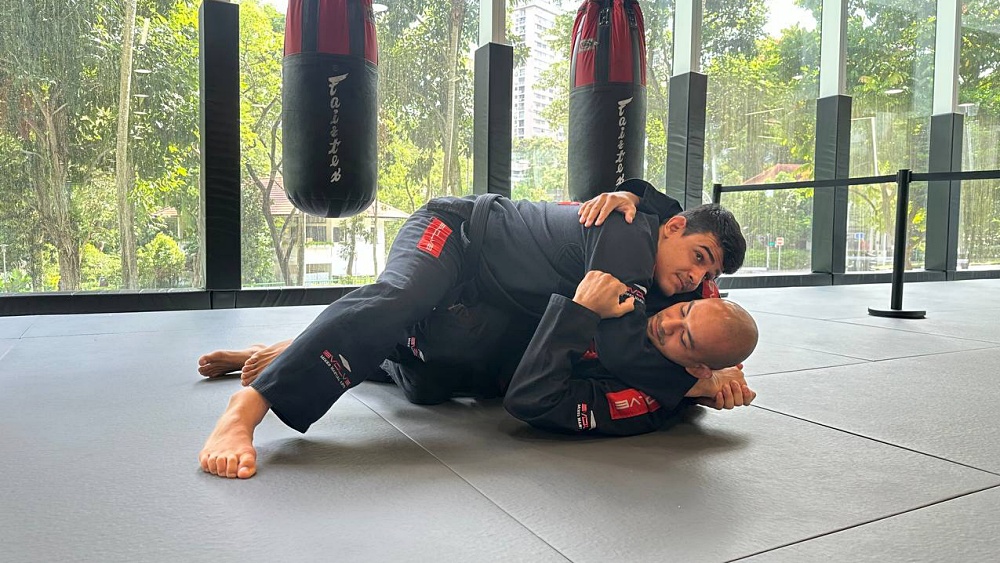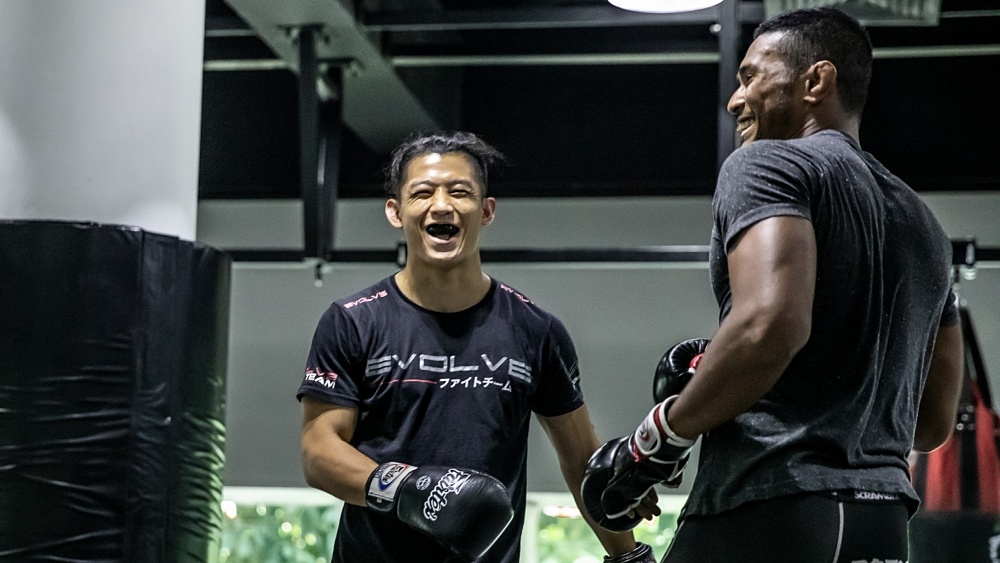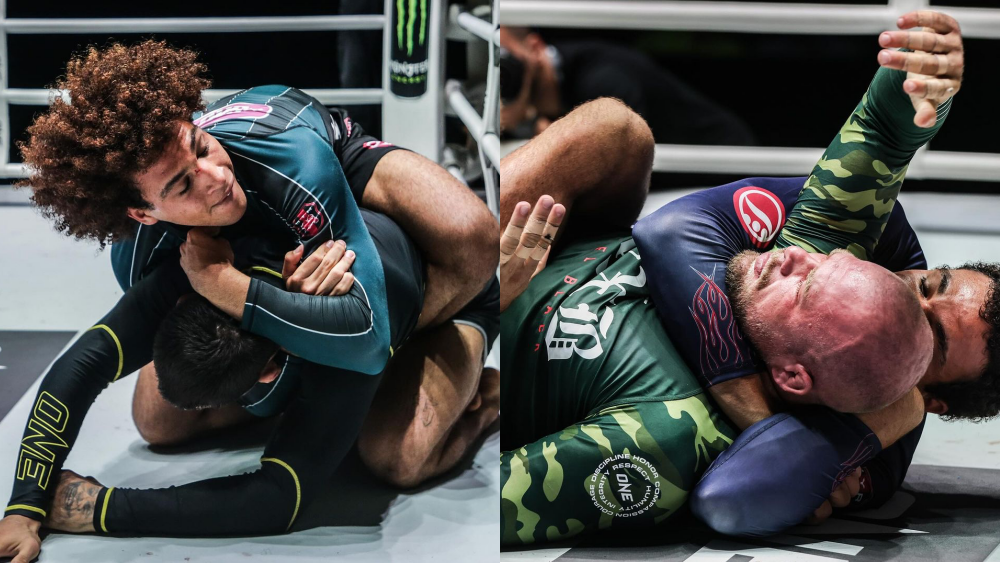Boxing is one of the most exciting martial arts to watch. Its propensity to create epic displays of the human heart and showcases of fighting spirit is nothing short of amazing. Two fighters enter and meet at the center of the ring, trading their most compelling punches. The result- only one man will be left standing, the lone victor at the end of it all. It’s truly an incredibly beautiful sight to behold. However, the non-stop action isn’t the only thing beautiful about this sport. There is also a technical defensive side of boxing that is equally as astonishing, appreciated only by the discipline’s most dedicated enthusiasts.
One essential component of maintaining good defense is head movement. Head movement in boxing is like poetry in motion. The ability of a boxer to move the head by a mere inch to evade an incoming punch is extraordinary. It’s called the art of slipping punches.
The best thing about this is that it can be learned and applied. If you’re looking to learn how to move your head to slip punches and take your defense up a notch, we’ve got you covered. Today, Evolve Daily shares five ways to slip punches and create opportunities for counters.
1) Slip Left And Right, Hook To The Body
The first technique is fundamental, slipping left and right to avoid an opponent’s straight punches, and then blasting them with a hook to the body.
It’s a simple concept. Slip an opponent’s jab by moving your head slightly to the right, just before the supposed moment of impact. Use counter momentum to then dig a right hook to the side of your opponent’s body. From the other side, you will slip an opponent’s straight/cross by moving to the left, and then coming back with a forceful left hook to the body, again using your natural momentum to springboard into the punch.
The key to success here is being able to anticipate when an opponent is going to throw either a jab or a cross. This can be done simply by monitoring their feet. An opponent will typically lift the lead foot to explode forward while throwing the left jab. When that happens, it gives you time to react appropriately. On the other hand, watch for your opponent’s rear foot pivot to signal the cross. You can then make the necessary movement to slip the punch and counter.
2) Duck Under, Uppercut
Another major part of head movement in boxing is the ability to adjust your levels to duck an opponent’s punches. Whether your opponent throws a straight punch, jab, or hook, you have the option to shift your torso forward while dipping your hips ever so slightly, effectively lowering your center of gravity. From this position, you can use the natural spring of your momentum to come right back up with a left or right uppercut down the middle.
Uppercuts are one of the trickiest punches to execute, let alone land. They often need to be set up with a jab or be integrated with a combination. By slipping an opponent’s punches, you can use that as a setup for the uppercut. As mentioned above, pay attention to an opponent’s cues, particularly the foot positioning and movement, particularly when the elbows are flared. Some boxers like to flare their elbows before they throw a punch, which is a dead giveaway that a punch is coming. Remember, the uppercuts your opponents don’t see coming, inflict the most damage.
3) Roll Under, Hook With Momentum
Similar to ducking, rolling under an opponent’s hooks requires a change in your level, which then opens up a few counter options, particularly with the hooks. In this motion, you aren’t just ducking under a punch, but rolling under them by swinging your head from left to right or vice-versa in a U-shaped pattern. This allows you to slip and evade an opponent’s hooks, straight punches, and winding up to the side of an opponent where they are vulnerable.
From this position, you can either dig into the side of the body with the appropriate hook counters or come back over the top with a hook to the head. The choice is yours, and the right punch to use will be dependent on the situation. However, the general idea is to mix it up, making it hard for your opponents to predict your movement.
Think of your head sort of as a pendulum, swinging from left to right while maintaining your center of gravity and balance. This kind of punch slipping doesn’t require you to anticipate your opponent’s punches. Rather, you can perpetually maintain this head movement to offer your opponent a constant moving target.
4) Slip And Clinch Attack
You don’t have to throw a counter punch after successfully slipping an opponent’s attack. Whether you are evading a jab, straight, hook, or uppercut, it will render your opponent vulnerable for a split second, which is just enough time to close the distance and move in for the clinch.
For example, if you’re slipping to the left or right, you can move in to initiate the clinch by driving your shoulder into an opponent’s chest or body. It’s the same after rolling under a punch. Ducking under your opponent’s punches, you can drive your forehead into the midsection while coming in for the clinch.
The clinch is an effective defensive tool in boxing. It will help you nullify an aggressive opponent by successfully executing the clinch every time he or she throws a combination. All it takes is successfully slipping one punch, and you have your window.
5) Simultaneous Punch Counters
Last but not least, you can throw simultaneous punch counters while slipping through an opponent’s punches. There are many ways to do this, but for the sake of this lesson, let’s examine the most basic – and that’s slipping an opponent’s orthodox straight by moving your head to the left, and at the same time, throwing your right straight down the middle. It works even better against a southpaw or an opponent of the opposite stance.
Hitting an opponent with a simultaneous straight punch counter takes away that small window to figure out what you’re doing. This technique denies your opponent time to move their head out of the way, and usually, they won’t see it coming. Land this punch with enough force, and it’s a knockout blow.
The key to this technique is speed and timing. The punch has to be fast, reducing the chances of your opponent blocking it. And you have to expertly time your opponents as they come in, which amplifies the damage.
You may also like:





